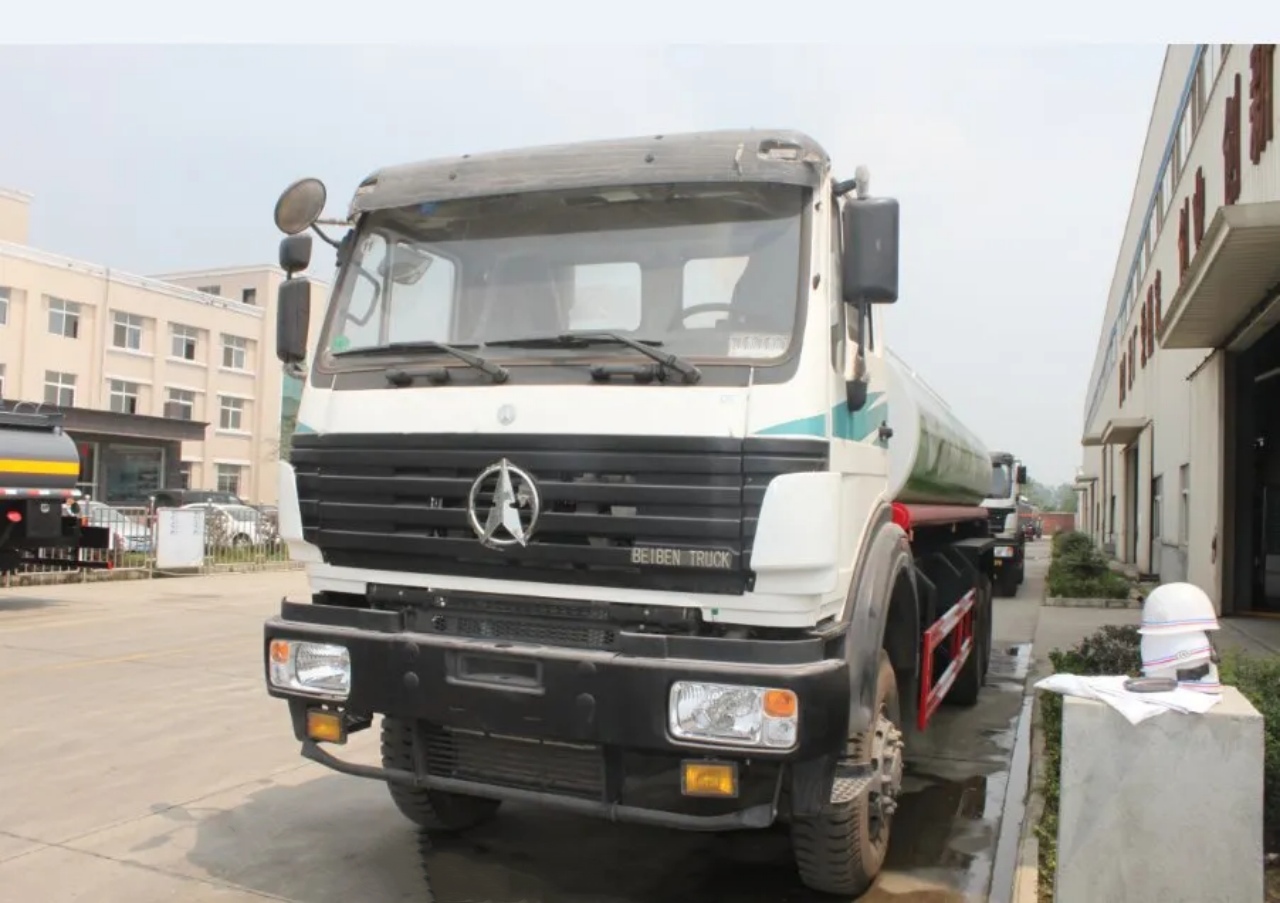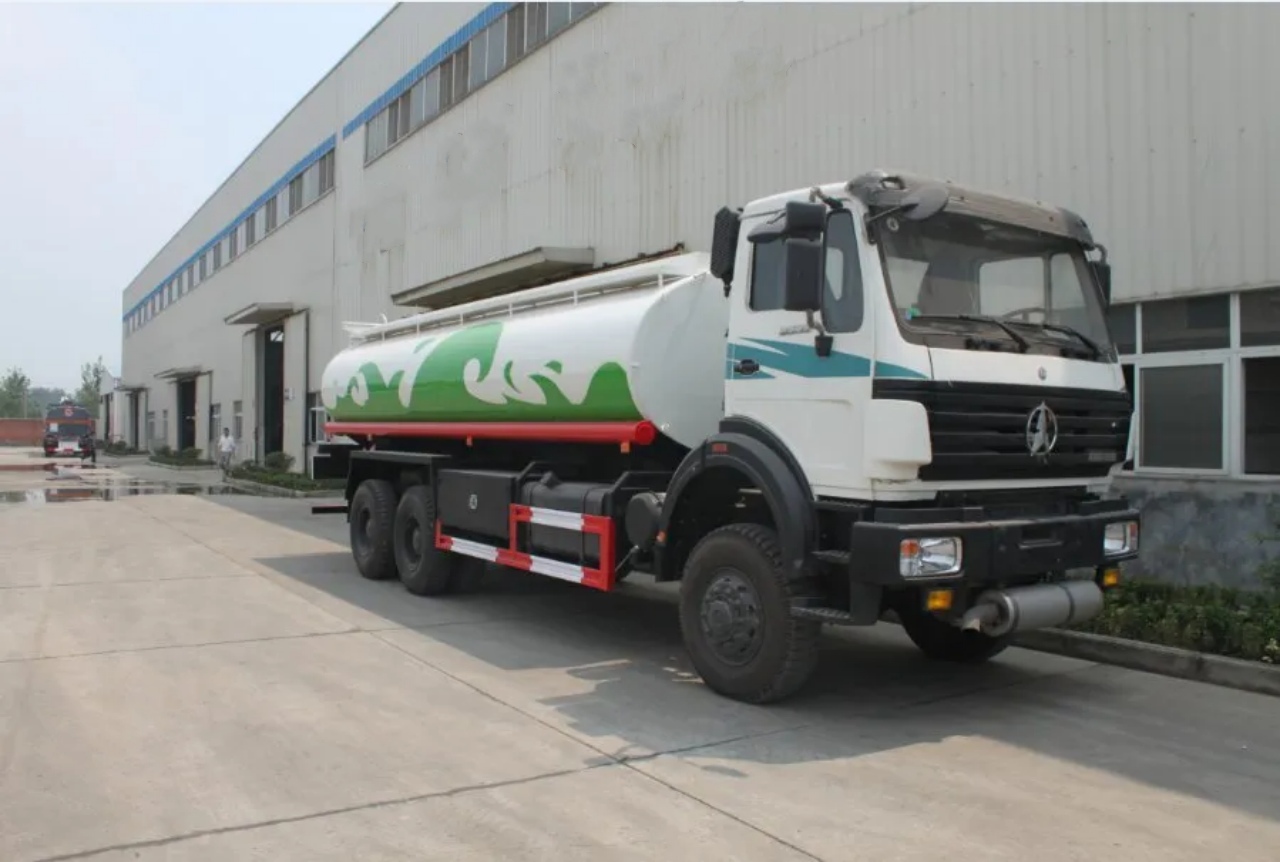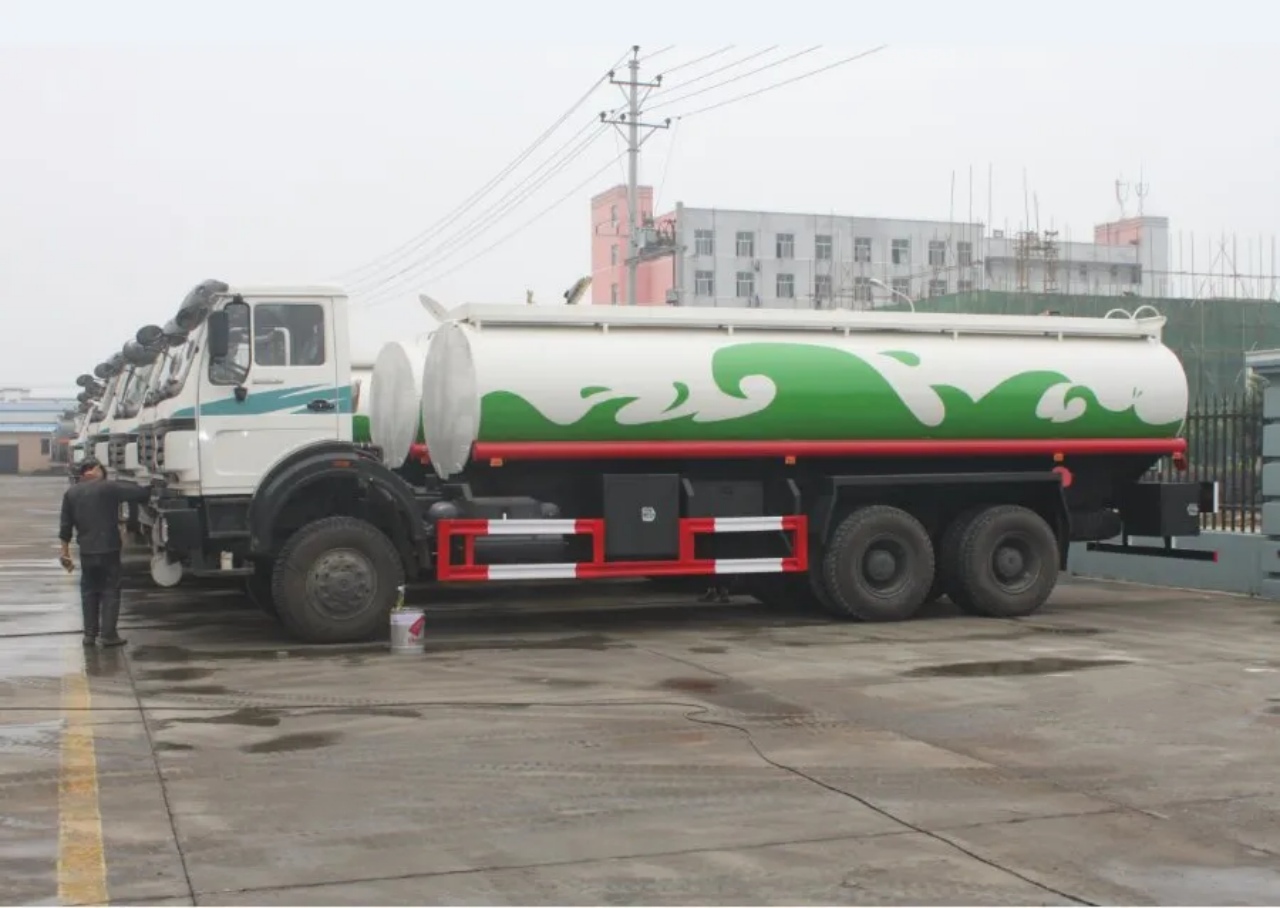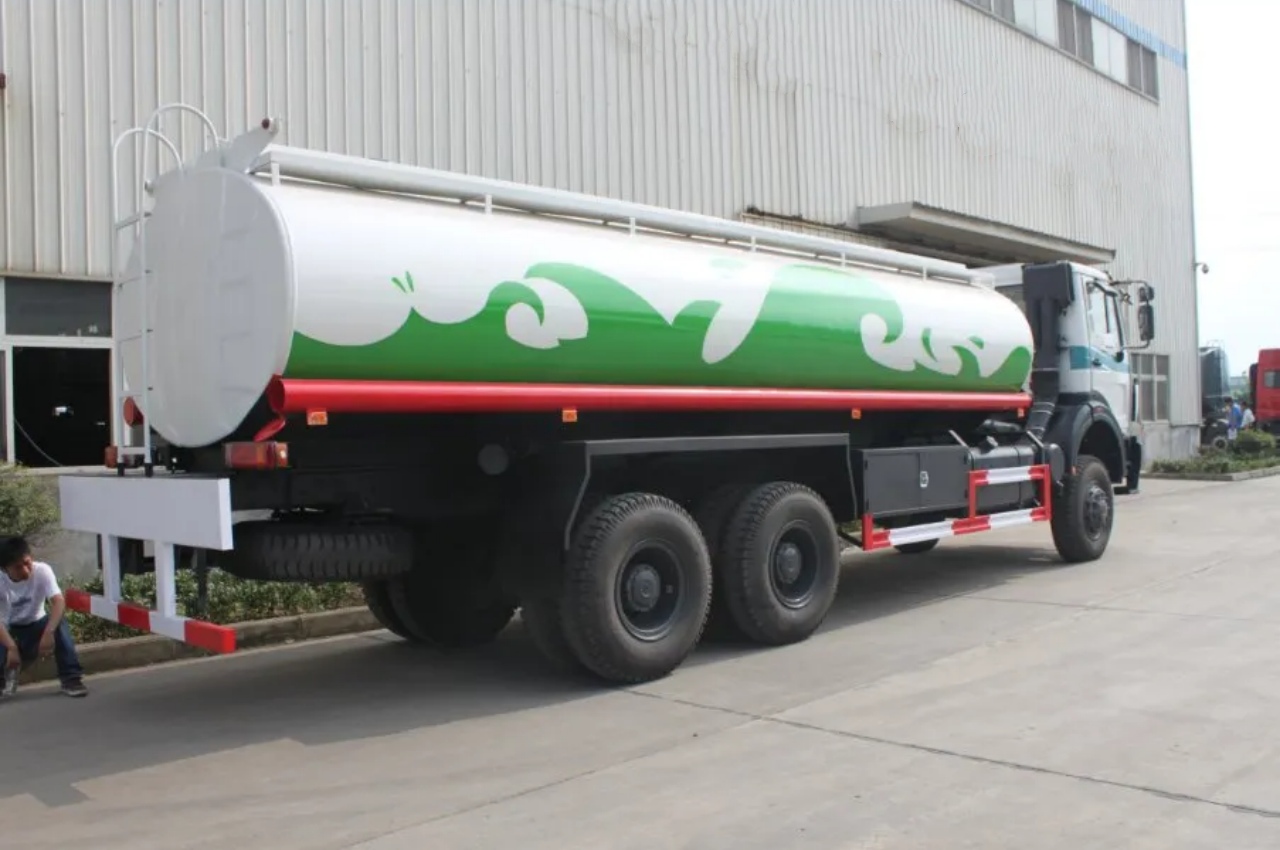Tanker trucks are ubiquitous on highways and city streets, hauling various liquids and dry bulk materials essential to industries ranging from agriculture to chemicals. These specialized vehicles are crucial in transporting large quantities of substances efficiently and safely. Understanding the dimensions, capacities, and configurations of tanker trucks provides insights into their operational capabilities and impact on modern logistics.
Dimensions and Configurations
Tanker trucks come in various sizes and configurations tailored to specific cargo requirements. The dimensions of a tanker truck can vary significantly based on its intended use and regulatory constraints. Typically, a standard tanker truck used for liquid transport has a cylindrical tank with a diameter ranging from 8 to 11 feet and a length of 30 to 35 feet. This size allows for a substantial volume of cargo while maintaining maneuverability on roads.
For dry bulk transport, tanker trucks may have a different design, often featuring a taller, more elongated tank structure to accommodate lighter materials such as grains, cement, or flour. The dimensions of these trucks are optimized to maximize payload capacity while adhering to weight limits imposed by transportation regulations.

Capacities and Payloads
The capacity of a tanker truck varies widely depending on the type of material it carries. Liquid tanker trucks can range from small vehicles with capacities of around 3,000 gallons to large tankers capable of holding up to 11,000 gallons or more. The volume of the tank is crucial for determining the efficiency of transport and minimizing the number of trips required to fulfill delivery orders.
Dry bulk tanker trucks, on the other hand, measure their capacity in terms of weight rather than volume due to the varying densities of the materials they transport. These trucks can carry payloads ranging from 20 to 40 tons, with some specialized variants capable of handling heavier loads for specific industrial applications.
Structural Features
Tanker trucks are designed with structural integrity and safety in mind. The tank itself is typically made of high-strength steel or aluminum alloy to withstand the stresses of transportation and ensure the containment of hazardous or valuable cargo. Reinforced seams and welding techniques are employed to prevent leaks and maintain the structural integrity of the tank under varying road conditions.
In addition to the tank, tanker trucks are equipped with specialized pumping systems and valves to facilitate loading and unloading operations efficiently. These systems may include pneumatic pumps for dry bulk materials or centrifugal pumps for liquids, allowing for rapid transfer at designated delivery points.

Regulatory Compliance and Safety Standards
The size and operation of tanker trucks are subject to stringent regulatory standards aimed at ensuring safety on the road and preventing environmental hazards. Regulations govern aspects such as weight limits, axle configurations, and the transportation of hazardous materials. Compliance with these standards is critical for obtaining permits and licenses necessary for operating tanker trucks within and across state or national borders.
Safety features integrated into tanker trucks include emergency shutoff valves, spill containment systems, and electronic monitoring devices to detect leaks or pressure irregularities. Regular inspections and maintenance schedules are mandated to uphold these safety standards and mitigate risks associated with transporting potentially volatile or corrosive substances.
Environmental and Economic Impact
Tanker trucks play a significant role in the global supply chain, contributing to the efficient distribution of goods essential to various industries. However, their operation also has environmental implications, particularly concerning fuel consumption and emissions. Efforts to improve the fuel efficiency of tanker trucks through advancements in engine technology and aerodynamic design contribute to reducing their carbon footprint.
Economically, tanker trucks provide employment opportunities and support industries reliant on the timely delivery of raw materials and finished products. The efficiency of tanker truck transport influences production costs and consumer prices, making them a crucial component of modern logistics and supply chain management.

Future Trends and Innovations
Advancements in materials science, vehicle design, and digital technologies continue to shape the evolution of tanker trucks. Innovations such as lightweight composite materials for tank construction, autonomous driving technologies for enhanced safety, and telematics systems for real-time monitoring are transforming the capabilities and efficiency of tanker truck operations.
Furthermore, the integration of alternative fuels and electrification in commercial vehicles presents opportunities to reduce reliance on fossil fuels and mitigate greenhouse gas emissions associated with tanker truck transport. These innovations signify a dynamic future for tanker trucks, characterized by sustainability, efficiency, and enhanced operational capabilities.
Conclusion
In conclusion, the size of a tanker truck is defined not only by its physical dimensions and capacity but also by its critical role in modern commerce and industry. From transporting liquids and dry bulk materials to adhering to rigorous safety and regulatory standards, tanker trucks exemplify the intersection of engineering innovation, logistical efficiency, and environmental responsibility. As technological advancements continue to redefine the capabilities of commercial vehicles, the future of tanker trucks promises continued evolution towards safer, more sustainable transport solutions for the global economy.


